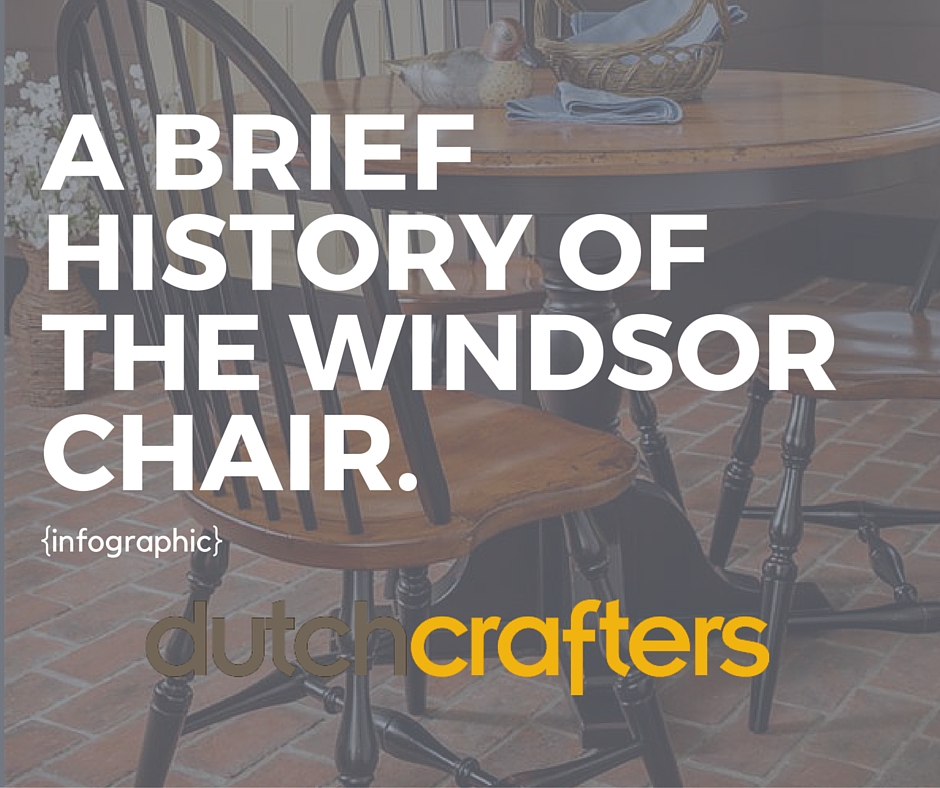Discover The Captivating Experience Of Refurbishing Vintage Closets, Revealing Untold Stories And Exposing The Secrets Of Background
Discover The Captivating Experience Of Refurbishing Vintage Closets, Revealing Untold Stories And Exposing The Secrets Of Background
Blog Article
Writer-Burke Wilkerson
To begin the trip of recovering antique closets, you need a keen eye for information. Envision uncovering concealed secrets within each layer of history ingrained in the timber. Photo the complete satisfaction of restoring a once-forgotten piece to its previous magnificence. Every step of this careful procedure holds the vital to protecting the past while producing a future heirloom. So, are you all set to embark on this transformative venture and unlock the capacity of your antique closets?
Evaluating the Cabinet's Problem
When beginning the repair process, beginning by evaluating the problem of the antique cupboard. Carefully analyze the overall structure for any kind of indications of damages such as cracks, chips, or loose joints. Check the wood for any rot, warping, or insect invasion that might have taken place gradually. It's vital to determine the degree of the reconstruction needed prior to continuing even more.
Next, check the cupboard's equipment such as joints, handles, and locks. Make note of any missing pieces or components that need repair service or substitute. Make certain that all equipment is operating properly and safely connected to the cupboard.
In addition, review the closet's surface. Search for any kind of scrapes, spots, or discoloration that might affect the visual appeal. Determine if the coating needs to be removed and reapplied or if a basic touch-up will certainly be enough.
Gathering the Essential Tools and Materials
After examining the condition of the antique closet, the following step is to collect the required tools and products for the restoration process. Before you begin, ensure you have the following things available:
- timber cleaner
- sandpaper in various grits
- wood filler
- paint or wood discolor
- brushes
- handwear covers
- security goggles
- a dust mask
- a ground cloth
- a putty blade
- a hammer
- a screwdriver
- a vacuum
These tools and materials are crucial for a successful remediation.
Wood cleaner is important for removing years of dust and grime accumulation, preparing the surface area for sanding. Sandpaper of different grits assists in smoothing out flaws and preparing the timber for a brand-new coating. Wood filler comes in handy for fixing any type of fractures, holes, or dents present in the cabinet.
Repaint or wood stain, in addition to brushes, enable you to personalize the cabinet to your preference. Remember to put on gloves, security goggles, and a dirt mask for defense. Set Suggested Site to protect your work area, and utilize a hoover to tidy up any particles.
With best bathroom renovations and materials gathered, you're ready to start the repair process.
Carrying Out the Repair Refine
To effectively carry out the remediation procedure on your antique cupboard, begin by extensively cleaning the surface with the timber cleaner. This action is essential as it helps get rid of years of dirt, gunk, and old gloss that may have gathered on the surface.
As soon as the cupboard is clean and dry, analyze the condition of the timber. Seek any type of splits, scrapes, or various other damages that require to be addressed. Use timber filler to repair any type of blemishes, ensuring to match the filler shade to the timber tone for a smooth surface.
After the repairs have actually dried, carefully sand the whole surface to develop a smooth and even base for the new surface. Be careful not to sand too strongly, as you don't wish to harm the wood underneath.
When the sanding is complete, use a wood discolor or end up of your selection, complying with the manufacturer's directions. Enable the finish to dry completely prior to using a protective top layer to make sure the longevity of your brought back antique cupboard.
Verdict
Since you have completed the restoration process, your antique closet looks like new.
By following the detailed guide, you had the ability to assess, fix, and enhance its problem easily.
With a fresh surface and protective top layer, your valued piece will continue to shine for many years to come.
Enjoy the elegance of your brought back antique cabinet!
